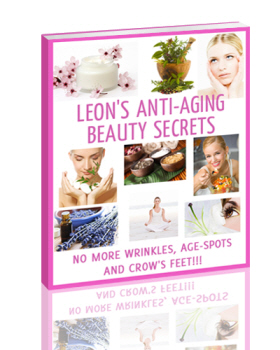The Truth Behind Anti Aging Skin Care Science: What AHAs & ‘Chemical Peels’ Really Do For Aging Skins
February 22, 2010 by Julia Smith
Filed under Skin Care
The United States FDA notes products containing alpha-hydroxy acids, or AHAs for short are employed in anti-aging skin protection cosmetics because they are responsible for exfoliation of surface skin. The effect depends on the concentration of AHAs in the products together with the consequences of other ingredients.
AHAs work in the pores once soaked up and begin to cause the skin to dump the top layer of dead epidermal cells. As the dead cells at the ‘top’ of skin are removed, healthy new cells from deeper layers come to the surface. Low concentrations ( say 5-10% ) are customarily the staple of the (heavily sold) over the counter creams and typically contain glycolic acid, one of the 5 sorts of AHAs.
Higher concentrations of AHAs are utilized in a strategy dubbed ‘the chemical peel’. The British Association of Cosmetic Doctors recommends higher concentration peels should be undertaken only as a professionally administered treatment, to offer the best protection to the patient. It states the treatment can definitely help seemingly recharge skin, but will still not give a fifty year old skin the properties of a of a twenty-five year old one. The treatment produces non permanent redness and can have complications like cold-sore flare-ups.
The FDA explains there’s a lack of strong research into the long term result of AHAs on the skin from everyday over the counter stuff containing them. Giselle Mir, a UK Cosmetic Scientist with her own cosmetic line, goes a stage further with criticism of the mechanism of AHAs on the skin. She has stated to the press she suspects the creams actions simply irritate the skin, ensuing finally in greater moisture loss from the top layer and early aging.
No information in this piece can ever be a replacement for medical advice. Please only consult qualified general medical and / or dermatology doctor for major skin complaints.
Find out what the latest anti aging skin care cream really does, visit Julia Smith’s blog. Don’t miss out on expert studies on botox .


